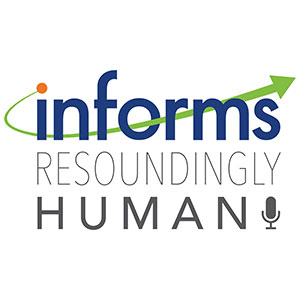Published: May 21, 2021

When the first ride-share companies launched more than a decade ago, it completely transformed our options for traveling from place to place. Gone were the days of hailing a cab from the side of the street, now your ride home, to work, or anywhere you need to go is just the click of a mobile app away.
But does that mean that more traditional methods of transportation, like buses, trains and cabs, have become a thing of the past? How are they successfully coexisting in the same space, with popular rideshares like Uber and Lyft, and is there even a way for them to become mutually beneficial to each other? And ultimately, what role do consumers, their preferences and choices, play in all of this?
To help uncover the answers to these questions, I am pleased to introduce Vikrant Vaze of Dartmouth College to share his insight on this topic. His study, “Transit Planning Optimization under Ride-hailing Competition and Traffic Congestion,” will be published in the INFORMS journal Transportation Science.
Our study points to two very exciting findings. First of all, we found that a more profitable solution for transportation service providers does not have to be a worse system for passengers. In fact, our solutions result in a win, win, win kind of situation. Using our models and algorithms we can adjust schedules to reduce costs for the city as a whole while also reducing the total cost for passengers and service providers simultaneously.
Interviewed this episode:

Vikrant Vaze
Dartmouth College
Episode Transcript
Contact us to request transcript.
